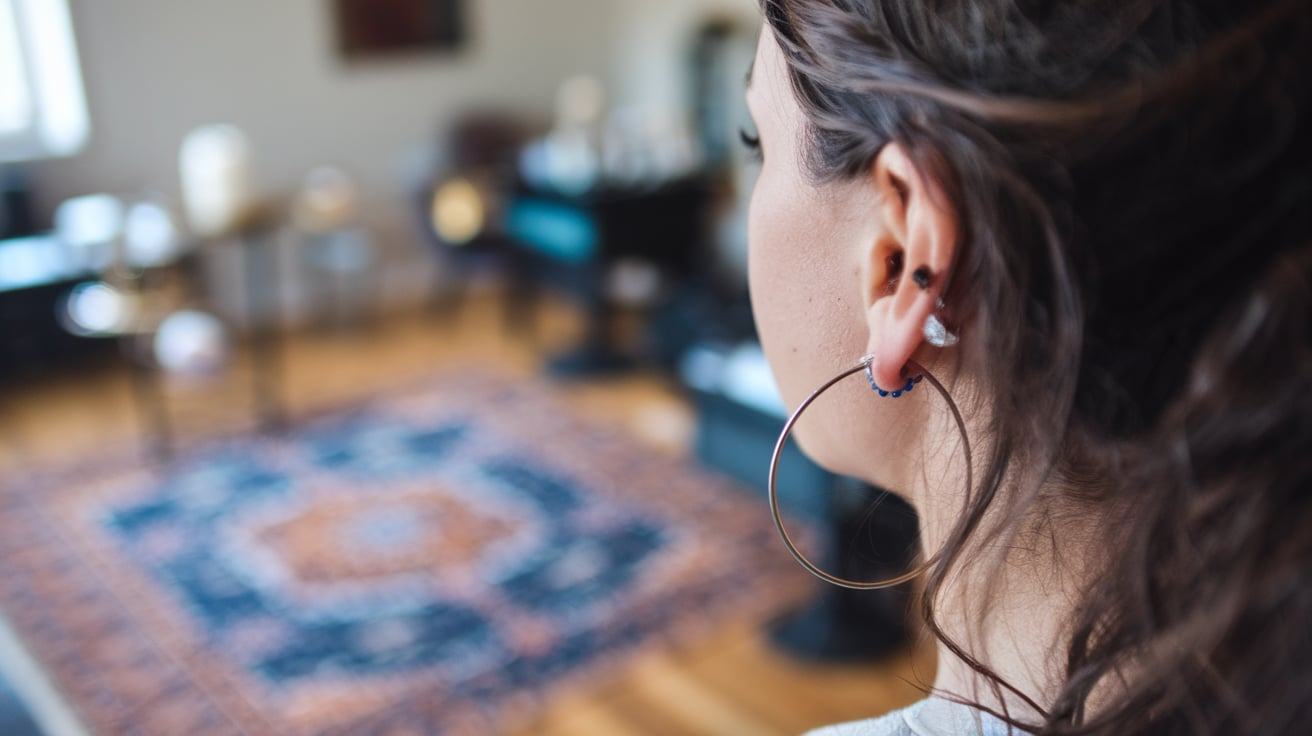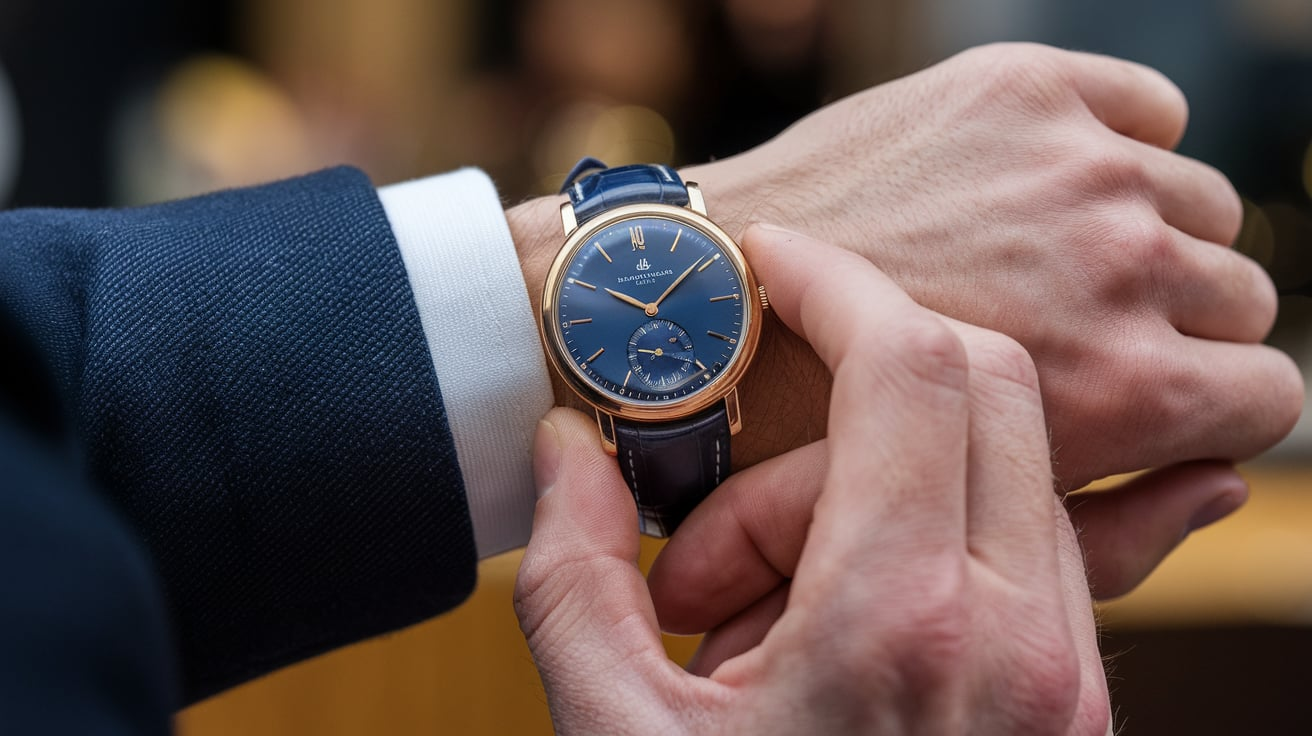When can I change my ear piercing is one of the most common questions people ask after getting their ears pierced. It’s important to wait until your piercing is fully healed before switching to new earrings. Changing your earrings too soon can cause pain, infection, or even make the piercing close up. Every ear heals at its own pace, so there isn’t one exact time that works for everyone. Usually, earlobe piercings take about 6 weeks to heal, but cartilage piercings like the helix or tragus may take several months. Knowing when to change your earrings safely can help your ears stay healthy and avoid problems.
Understanding the healing process is key to answering when can I change my ear piercing. Your ear goes through three main healing stages: inflammation, skin growth, and remodeling. Inflammation happens right after the piercing and lasts a few days. The skin growth phase can take months, during which your body creates new skin around the hole. Finally, the remodeling phase may last up to a year as the tissue strengthens. It’s best to keep your starter earrings in during these phases, especially the first six weeks, to avoid irritation or infection. Using hypoallergenic earrings and cleaning your piercing carefully helps too. Taking good care of your piercing ensures that when you do change your earrings, it will be pain-free and safe.
How to Know When Can I Change My Ear Piercing Safely
Knowing when can I change my ear piercing safely means paying attention to how your ear feels and looks. Usually, your earlobe piercing wishes about 6 weeks to heal, however cartilage piercings take longer, every so often up to three months or more. You should wait till there may be no pain, redness, or swelling before converting your jewelry. If your piercing feels sore or looks crusty, it is not ready yet. Also, the hole should be big enough to easily slide new earrings without force. If you rush to change earrings, you might cause irritation or infection. So, be gentle and patient, and only change your earrings when your ear feels completely healed and comfortable.
The Healing Timeline: When Can I Change My Ear Piercing?
The healing timeline helps answer when can I change my ear piercing by showing how long each piercing type usually takes to heal. Earlobe piercings typically heal faster, about 6 weeks to 2 months, while cartilage piercings like helix or tragus need 3 to 6 months or longer. Your ear goes through healing stages where the skin grows back and strengthens around the hole. During this time, it’s important to keep your starter earrings in and clean the piercing every day. Changing earrings too soon can cause the hole to close or get infected. If you follow the healing timeline and watch your ear carefully, you will know the safe time to switch to new earrings.
Signs Your Ear Piercing Is Ready for a New Earring
There are some easy signs that tell you when can I change my ear piercing to new earrings. First, your ear should not hurt or feel tender when touched. The redness and swelling around the piercing should be gone. The hole should look clear, not crusty or wet. Also, you should be able to gently twist or move your earrings without pain. If your piercing feels strong and healthy, it is probably ready for new earrings. If you see any bumps, discharge, or pain, it is best to wait more time and keep cleaning. Listening to your body is the best way to know if your piercing is ready.
What Happens If You Change Your Ear Piercing Too Early?
If you change your ear piercing too early, your ear might get hurt or infected. The hole could close up because the skin is still healing, and the piercing might shrink or get blocked. Changing jewelry too quickly can purpose pain, swelling, or redness. You could also get an infection if the new earrings are not clean or if your ear is not ready. This can lead to longer healing times or even scarring. It’s important to wait until your ear is fully healed before changing earrings to avoid these problems. Being patient keeps your ear safe and healthy.
Tips to Clean and Care for Your Piercing Before Changing Earrings
Before you change your earrings, cleaning and caring for your piercing is very important. Always wash your hands with cleaning soap and water before touching your piercing. Use a gentle saline answer or piercing aftercare spray to smooth the place twice a day. Avoid using alcohol or hydrogen peroxide due to the fact they can dry out and harm your pores and skin. Gently remove any crust or discharge with a easy cotton swab soaked in saline. Keep your piercing dry and avoid swimming in pools or lakes during healing. Good care helps prevent infection and makes sure your piercing is ready for new earrings when the time comes.
Choosing the Right Earrings When You Change Your Ear Piercing
Choosing the proper rings is fundamental when you exchange your ear piercing. Always select rings crafted from hypoallergenic substances like surgical metallic, titanium, or gold. These substances lessen the threat of inflammation or allergic reactions. Avoid cheap metal earrings that contain nickel, as they can cause itching or infections. For the first few changes, use simple studs or small hoops that don’t pull or catch on your clothes or hair. Make certain the earrings are the right length and in shape effectively to your piercing hole. Choosing the right earrings helps your ears stay happy and healthy after healing.
How Different Types of Piercings Affect When You Can Change Earrings
Different types of piercings heal at different speeds, so when can I change my ear piercing depends on where it is. Earlobe piercings usually heal faster, often in 6 to 8 weeks, so you can change earrings sooner. Cartilage piercings like helix, tragus, or conch take longer—sometimes 3 to 6 months or more to heal. Changing earrings too soon on cartilage can cause pain or infections because cartilage has less blood flow and heals slower. Knowing your piercing type helps you follow the right timeline and care plan. Always listen to your piercer’s advice about when to change your earrings for your specific piercing.
When Can I Change My Ear Piercing: FAQs Answered
Many people wonder when can I change my ear piercing, and the answer depends on healing time and care. Generally, earlobe piercings can be changed after 6 weeks if they feel healed and pain-free. Cartilage piercings want more time, often 3 to six months. Always watch for signs like no redness, swelling, or pain before changing. Clean your piercing well and use safe earrings to avoid problems. If you’re unsure, it’s best to ask a professional piercer or a nurse. Patience is key to keeping your piercing healthy and beautiful.
Why Using Hypoallergenic Earrings Matters When Changing Your Piercing
Using hypoallergenic rings may be very vital when converting your ear piercing. These earrings are made from materials like titanium, surgical steel, or 14k gold that don’t cause allergies or irritation. Wearing cheap or nickel earrings can cause redness, itching, and infection, especially while your piercing is still healing. Hypoallergenic earrings help your skin stay calm and heal properly. Even after healing, it’s a good idea to wear these safe earrings to keep your ears healthy. Always choose quality jewelry to protect your piercing and avoid painful problems.
What to Expect After You Change Your Ear Piercing for the First Time
After you change your ear piercing for the first time, your ear might feel a little sensitive or tender for a day or two. This is normal as your skin adjusts to the new earrings. Sometimes you might see a small amount of clear discharge or slight redness. Keep cleaning the piercing lightly with saline approach to save you contamination. Avoid touching or twisting the earrings an excessive amount of. If you notice swelling, pain, or pus, remove the earrings and see a piercer or doctor. Most people heal well and enjoy changing their earrings safely once they wait long enough and care for their piercing properly.
Conclusion
Changing your ear piercing is exciting, but it is important to wait until your ear is fully healed. If you change earrings too soon, you could hurt your ear or cause an infection. Patience helps your piercing stay safe and healthy.
Always clean your piercing carefully and use safe, hypoallergenic earrings when you do change them. This will help your ears look and feel great for a long time. Taking good care means happy ears!










